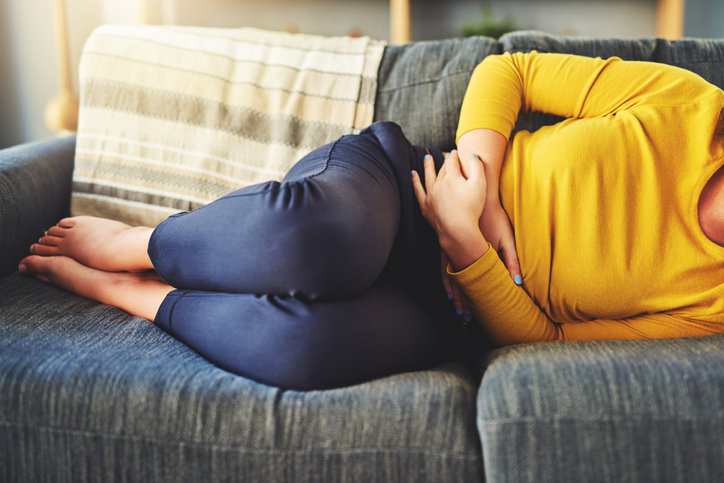Pain
Conventional Treatments for Endometriosis

What is endometriosis?
A woman’s uterus is lined with endometrial tissue that is shed once a month during the menstrual cycle. Endometriosis is a chronic, painful medical condition that occurs when endometrial-like tissue grows outside the uterine cavity. The ovaries, Fallopian tubes and the tissue lining the pelvis are commonly involved. Pain associated with endometriosis is usually more severe during menstrual periods as the tissue responds to changing hormones and thickens and bleeds but has no way to exit the body. In severe cases, endometriosis can cause infertility.
Conventional treatments for endometriosis
Treatment for endometriosis should be discussed in-depth with a health care professional. Treatment varies depending on the severity of the condition and if future pregnancy is desired. Endometriosis is not curable; however, several treatment options are available:
- Nonsteroidal anti-inflammatory drugs (NSAIDs), such as ibuprofen and naproxen sodium, may be recommended to ease menstrual cramping associated with endometriosis. If pain remains severe with the use of these medications, a health care professional may recommend other treatments.
- Hormonal birth control (available in pills, patches or vaginal rings) may be prescribed to ease heavy menstrual bleeding associated with endometriosis. Hormonal birth control contains the hormones estrogen and progestin. A health care professional may advise continuous use of hormonal birth control for three or more months to prevent menstruation from occurring.
- Progestin-only contraceptives, which are available in pill, injection or intrauterine device (IUD) form, may reduce endometriosis pain. Most women do not menstruate during this treatment.
- Aromatase inhibitors are a class of medications that reduce the amount of estrogen in the body. A health care provider may prescribe an aromatase inhibitor in combination with progestin or hormonal birth control to reduce pain associated with endometriosis.
- Gonadotropin-releasing hormone (GnRH) agonists and antagonists lower estrogen and prevent menstruation by blocking the production of ovarian-stimulating hormones. The ovaries stop producing estrogen which causes endometriosis tissue to shrink. Low doses of estrogen or progestin are often taken with these medications to prevent artificial menopause. Regular menstrual cycles and the ability to become pregnant return once this therapy is stopped.
- Laparoscopic surgery is used to both diagnose and treat endometriosis. During laparoscopic surgery, a laparoscope is inserted into the body through a small incision near the navel enabling the surgeon to see inside the pelvic area through the laparoscope. If endometriosis is found, the tissue can be cut or burned and removed.
- A hysterectomy is major surgery and is used in severe cases of endometriosis. A large incision is made in the lower abdomen to remove the ovaries, Fallopian tubes and/or the uterus (depending on which organs are affected by endometriosis). Removal of the ovaries results in surgically induced menopause. While many women have less pain after a hysterectomy, others may still experience endometriosis pain. Unfortunately, early menopause increases the risk of cardiovascular diseases, metabolic conditions and premature death.














